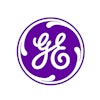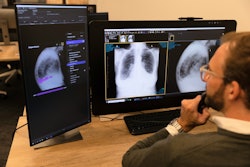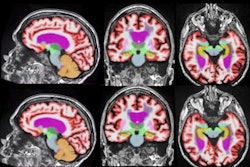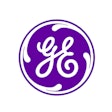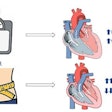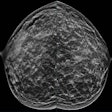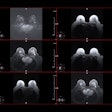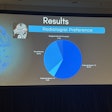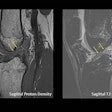Dear AuntMinnie Member,
Our most highly read story this week featured a new ultrasound technique that could be useful in managing the growing number of patients with nonalcoholic fatty liver disease and nonalcoholic steatohepatitis.
A team of Dutch researchers reported that their calibrated ultrasound method was highly accurate and could serve as a noninvasive alternative for liver disease screening and monitoring.
In other stories in our Ultrasound Community, researchers from Duke University have concluded that the Thyroid Imaging Reporting and Data System (TI-RADS) and a deep-learning algorithm could both be viable alternatives for evaluating thyroid nodules in young patients. Also, transvaginal ultrasound may offer value as an accessible first-line test for preoperative staging of endometrial cancer.
Gadolinium risk in pregnancy imaging
Concerns over the risk of prenatal exposure to gadolinium-based contrast agents (GBCAs) for MRI in pregnancy may be alleviated by a new study in our Women's Imaging Community. The authors found similar rates of fetal death or neonatal intensive care unit admission among groups of patients who received GBCAs and those who did not.
Speaking of women's imaging, an editorial this week made the case that it may be time to retire that term. The authors believe that a new label would be more inclusive, sensitive, and elevate the care offered to all patients.
Academic vs. private interventionalists
Until recently, there has been a knowledge gap on the differences between interventional radiology positions in private practice and those in academic settings. However, researchers have now quantified significant differences in case mix, annual compensation, and paid vacation for private-practice interventional radiologists and their academic counterparts.
Also, a new column from Rebecca Farrington of Healthcare Administrative Partners shares three threats to independent radiology practices. Get these and other stories on practice management in our Imaging Leaders Community.



